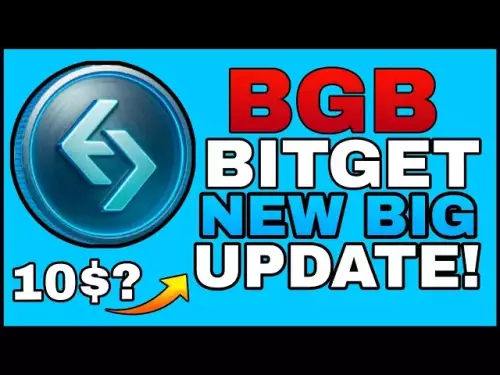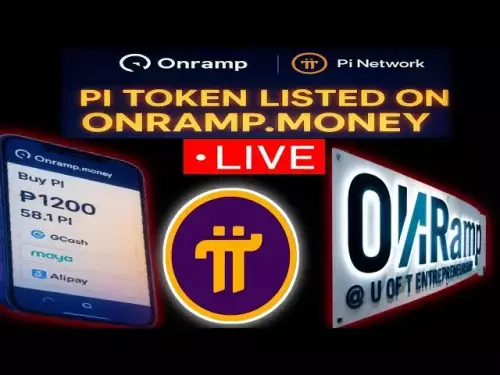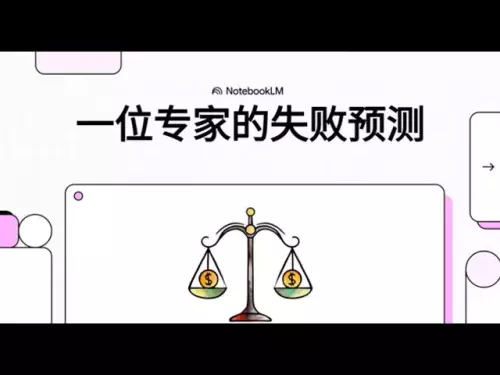 |
|
 |
|
 |
|
 |
|
 |
|
 |
|
 |
|
 |
|
 |
|
 |
|
 |
|
 |
|
 |
|
 |
|
 |
|

Non-fungible tokens (NFTs) have become a hot topic in recent months, as their unique properties and potential use cases have captured the attention of both tech enthusiasts and financial experts alike. However, despite the hype and interest, there is still some confusion about what NFTs are, how they work, and, most importantly, why they have any value.
To understand the value of NFTs, it’s crucial to consider the context in which they exist. In the physical world, scarcity and uniqueness are key factors in determining the value of an asset. For instance, a limited-edition print by a famous artist or a rare collectible item will typically command a higher price than a mass-produced product.
However, in the digital realm, scarcity and uniqueness are more difficult to achieve. Any digital file can be copied and distributed infinitely, rendering the concepts of limited supply and original content meaningless. This poses a challenge for assigning value to digital assets in the same way that we do to physical assets.
Enter NFTs. Non-fungible tokens are unique cryptographic tokens that exist on a blockchain, the same technology that underlies cryptocurrencies such as Bitcoin and Ethereum. Each NFT is irreplaceable and has a distinct code that sets it apart from other tokens.
At the most basic level, an NFT is a way to tag a digital object and mark it with ownership. It’s not the image, music, in-game item, or certificate itself—it’s a token on the blockchain that references the object and confirms its origin, owner, and potentially terms of use.
This capability to create scarcity, programmatically set the legal status of an asset, and integrate it into decentralized applications gives NFTs several properties that make them valuable in a technical and economical sense.
Technical Uniqueness
NFTs are created using smart contracts, small programs that execute specific tasks when certain conditions are met. These contracts can be used to define the supply of NFTs, their attributes, and the rules for transferring ownership.
For example, a smart contract can be programmed to mint only 100 NFTs, each with unique combinations of traits like an image, animation, or descriptive tags. It can also set a royalty fee that will be paid to the original creator with every secondary sale of the NFT on marketplaces that respect EIP-2981 standard.
This scarcity and uniqueness are crucial for assigning value to digital assets. In a world where any file can be copied and distributed infinitely, NFTs provide a way to create scarcity and assign legal status to a specific instance of a digital object.
Contextual Relevance and Market Perception
The value of NFTs is also influenced by the context in which they are created and sold, and how they are perceived by the market. For instance, an NFT art collection that is promoted by a major influencer or sold at a high-profile auction will likely command a higher price than a collection that is created by an unknown artist and sold quietly on a small marketplace.
Moreover, NFTs can be used to represent membership in a private community, access to exclusive content, or the right to vote in a decentralized autonomous organization (DAO). These types of utilities can increase the demand for and, consequently, the value of NFTs.
Finally, it’s worth noting that the value of NFTs is subjective and can vary widely depending on the individual's preferences and the criteria used for valuation. While some people might be interested in NFTs for their artistic merit, others might be more interested in their investment potential or utility in a particular ecosystem.
Ultimately, the value of NFTs is determined by the market through the interaction of several factors: technical properties like scarcity and modularity, legal programmability of ownership and royalty, contextual relevance of the collection, and the perception and demand from the audience.
免責事項:info@kdj.com
提供される情報は取引に関するアドバイスではありません。 kdj.com は、この記事で提供される情報に基づいて行われた投資に対して一切の責任を負いません。暗号通貨は変動性が高いため、十分な調査を行った上で慎重に投資することを強くお勧めします。
このウェブサイトで使用されているコンテンツが著作権を侵害していると思われる場合は、直ちに当社 (info@kdj.com) までご連絡ください。速やかに削除させていただきます。
-

- 9月の暗号市場:先物流出と買い戻しの燃焼
- 2025-09-02 20:01:48
- 揮発性の暗号の風景のナビゲート:9月の傾向、制度的行動、およびデジタルゴールドの永続的な魅力。
-

-

-

-

-

-

-

-




















![[Pycoin] PI COIN -START実践の紹介(緊急)??!今..「ここに」最初に使用することができます /マイニングを加速する方法#paikoin [Pycoin] PI COIN -START実践の紹介(緊急)??!今..「ここに」最初に使用することができます /マイニングを加速する方法#paikoin](/uploads/2025/09/02/cryptocurrencies-news/videos/pycoin-pi-coin-start-introduction-practical-emergency-accelerate-mining-paikoin/68b6ea848f2d1_image_500_375.webp)









































